ASH Heyfield Sawmill was always Unsustainable
There remains a termite-ridden industry needing eradicating in Gippsland Victoria and it is the old Heyfield Sawmill. From the outside, the incidious business goes by the innocuous name Australian Sustainable Hardwoods, but like termite damage, it is rotten on the inside.
It’s website claims that the rare and disappearing “Victorian Ash is a beautiful hardwood that is dense, versatile, readily available and sustainably managed.”
Well, that’s why ASH have clear-felled logged it near to extinction?
ASH brands its products ‘Goodwood’, ‘Iron Ash’, ‘Alpine Oak’, ‘Supa Span’, but it’s all the same old growth Victorian Ash native forests older than any of the lumberjacks employed. The only way these loggers could be sustainable would be if they planted the species, but then to get to a commercial size they would have to wait until their grand-kids grew up to use a chainsaw, the liars.
ASH exports Victorian Ash to China, Japan, South East Asia, Europe the Middle East and the USA. Why? Let these countries wreck their own forests.
So the 200 greedy timber workers at Heyfield Sawmill need to pack their utes and transition to a real job. If their industry was as sustainable as they claim then they wouldn’t have run out of trees to chop down, but some are just slow on the uptake.
If renovators want fancy timber floors then they need to pay for the plantation laminates.
Heyfield has a continual history of environmental exploitation since the 1840s. They’ve been clear-felling Gippsland since 1939. What did the greedy loggers expect? That ASH needs a $40 million subsidy from Victorian taxpayers to refit the mill, so that it can process the smaller logs from newer regrowth forests, exposes the lie that logger John Tyquin at Heyfield Sawmill claims:
.
“It’s just like farming – we cut a tree down, we replace it with two more. The timber is there, we want to keep working.”
.
So go to your plantations John! How high are the trees? Twenty foot? If there are less suitable trees left whose fault is that?
You should have put out the bushfires and saved the swathe of Alpine forests, rather than just watch them burn to ash.
ASH has been told they can’t have the logs they haven’t planted. Nathan Trushall, General Manager of VicForests, has stated publicly that there are simply not the logs there to supply their customers.
This is a serious admission of a major calculation goof-up and/or years of lying. Incompetent wood supply modelling can’t be blamed on possums or bushfires. The writing has been on the wall for years with every report and enquiry pointing to ongoing over-logging.
That future is now here. The bosses have geed up workers to blame ‘the greenies inside Labor’ and ‘the latte-sipping greenies in the city’. They are of course reluctant to admit their industry’s criminal waste and abuse of forests since 1939.
Chief executive Vince Hurley says supply in the pipeline forecasts ASH is set to lose $12 million over three years. “Having done the analysis we have no alternative but to close the mill.”
So once again they’re screaming job losses, town closures, families starving, and no more footy club. The bosses will receive massive tax-payer funded payouts and nothing changes. 150,000 cubic metres and 130,000 hectares may be critical mass for 260 mill jobs, but if the plantations aren’t ready, then 260 mill jobs are not sustainable.
Who did all the recent hiring on false pretences? Try 26 jobs! Tick toc, tick toc.
Forests are not a Magic Pudding and this fact finally caught up with the government and VicForests in January 2017. Knocking down forests faster than they can regrow has been the management standard for decades by every logging agency and overseen and excused by every government (Liberal and Labor). After such cut-throat management, the industry and workers are now screaming that their throats have been cut because the limit has been reached; forests can no longer provide the sawlogs demanded.
The acronym ‘ASH’ is about the scorched earth attitude and result and nothing about ‘sustainable’. That ‘hardwoods’ are critical to the Australian Sustainable Hardwoods business model at Heyfield, was always short termism without eco-plantings staying ahead of a 150,000 cubic metre sawmill throughput to sustain 200 workers. Google Maps shows not much native forest is left. The writing has been on the wall for decades.
These forestry hard heads are the Easter Islanders of Heyfield. They even call themselves “an endangered species”.
If ASH wants to refit it’s Heyfield Sawmill to scale down to smaller logs, then use the $40 million out of the profits of your profitable business if it’s as viable as claimed. But thieving from the Victorian taxpayer else shows up your business to be the unprofitable scam that it is – existing not as a viable business but as a charity for loggers too lazy to get out of a 19th Century rort.
ASH says it plans to transition to plantation timber within 20 years. That’s what it said 20 years ago. The game is up.
Heyfield sawmilling is a 19th Century mentality of environmental exploitation. The diehards can pretend with euphemisms like ‘sustainable’ and ‘good wood’ all they like. Like a house of sand below high tide, next month is a forestry king tide.
.
Why Aren’t the Logs There?
.
Along with the historic malpractice of unrestricted clearfell logging, another industry crime is the illegal downgrading and chipping of good quality sawlogs for a quick buck. This has helped drain the landscape of forests that can provide sawlogs. Today we also see VicForests selling whole logs to China, a practice that was illegal not long ago. Logs needed to be ‘processed’ before being exported, so the ends were simply cut off to fit them into the containers – hey presto, processed log!
.
What About Australian Paper?
.
The AP mill at Maryvale (makers of Reflex paper) has been a favoured political donor with considerable influence. Decades ago it was granted long-term access to the beautiful Mountain Ash forests of the Central Highlands with their contract for Mountain Ash logs secure until 2030. They are VicForests biggest customer alongside ASH. But to cut trees down to put through a shredder to make paper, they have to be deemed ‘waste’. For this they need a token sawmill as the fig-leaf to hide behind that takes the odd sawlog. Then the rest of the forest can be defined as logging ‘waste’. Without a sawmill, VicForests will find it hard to justify clearfelling solely for woodchips.
But even with all the millions this paper mill receives as ‘industry assistance’, various other handouts and dirt cheap quality logs, it still hasn’t made a profit for four years. It is up against cheap imported paper, a boycott campaign and increasing demand for certified forest-friendly paper by customers. Its owner Nippon paper in Japan, has been considering the mill’s viability for some time.
.
What was VicForests’ Brainwave?
.
The result of all this is that the industry has finally hit the brick wall.
VicForests has been buying logs from NSW forests to meet its contracts with the bigger customers like Auswest and ASH to stave off the inevitable. Smaller mills have closed after being starved of logs needed to feed the bigger mills.
VicForests has also been caught smashing down rainforests and key habitats regularly; it has been desperate to find every extra tonne of wood it can glean – legally or illegally.
But now VicForests finally admits there are far fewer logs out there. It has been caught illegally logging more times than we have changed our socks. The government can’t pretend to not notice or act. So VicForests is now fessing up and offering contracts of ‘only’ 80,000 m3 next year and 60,000 for each of the two following years.
But ASH states that it would not be commercially viable at that reduced level.
We understand there is also a bit of haggling over VicForests wanting higher prices for the fewer logs.
The industry has over-logged itself into a terminal mess.
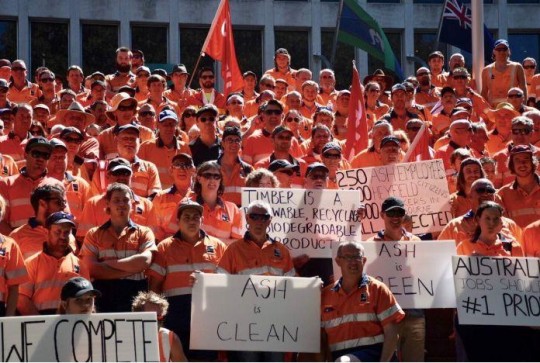 .
.
What is the Real Solution?
.
Since the early 1970s woodchipping has driven this industry.
If it is to continue it would be at a vastly reduced size with a vastly different product output. As the forests have been scraped to the bone and left struggling to regrow as healthy forests, what is taken now should only be used for very high-value end products using selective logging.
However even this is unlikely to be viable, as markets, products and competitors have changed. Plantations meet about 85% of all our building and furniture needs and this proportion is growing as technology finds ways to create stronger and better appearance timbers from pine.
Our forebears were resilient tough people and moved with the times – maybe this should be something the logging industry aspires to as well. The future is in nature tourism, outdoor recreation, the foodie trails, agriculture, enviro land management and who knows what else.
As Professor David Lindenmayer explained in a recent article, crunch time has come. The only solution is a very rapid transition to plantation timber processing. The plantations are there, ready and waiting. We can’t stall this shift any longer while certain players position themselves for a massive payout in the next year or two.
In the Central Highlands, water and tourism (sustainable products our forests provide) are worth $260M value-added contribution to the economy. The equivalent value of logging is just $9M at best.
These are the kinds of economic data government needs to look at to make sensible decisions. It must maximise our forests’ assets and benefits, to get the best value for the people of Victoria who own these forests and create long-term, secure and conflict-free employment.
.
Where does the state Taskforce fit in?
.
The Victorian Forest Taskforce was set up in late 2015 to sort out how forests should be managed for timber and conservation into the future. It comprises reps from industry and the enviro movement, but no government reps are in the room.
And if you think Dan Andrews is extending the umpteenth deadline again and may even buy the mill, keep dreaming. He’d hanging you lot out to dry. You are about to be the largest hardwood ex-processor in Australia. The Andrews government was aware of this looming cliff.
With the above realities and when the VEAC reports are handed to government, we look forward to seeing Daniel Andrews assist – not the bosses and mill owners – but towns and workers to transition into new growth areas; outdoor work to put in walking trails, picnic areas, maintain park facilities, revegetation, catchment management, feral animal control – there is endless work to be done repairing and maintaining the environment. If $50M a year can be found to pay VicForests to knock down forests with immense natural values, surely it can find $50M a year to assist the dawning of a new era for Gippsland’s forests.
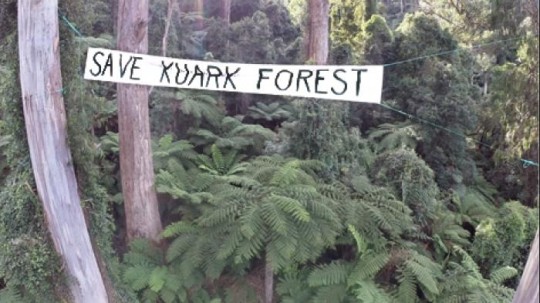 .
.
Further Reading:
.
[1] VicForests – ensuring there are none ^http://www.vicforests.net/
.
[2] Environment East Gippsland, ^http://www.eastgippsland.net.au/
.
[3] Goongerah Environment Centre, ^http://www.geco.org.au/
.
[4] ‘‘Camp Kuark’ launches this weekend to save a forest‘, 5th March 2015, in Wild magazine, ^http://wild.com.au/news/camp-kuark-saving-gippsland-forest/
.
[5] ‘The Kuark Forest‘, ^https://themountainjournal.wordpress.com/environment/logging/the-kuark-forest/
.
[6] Forest Network – East Gippsland, ^http://www.forestnetwork.net/Docs/eg.htm
.
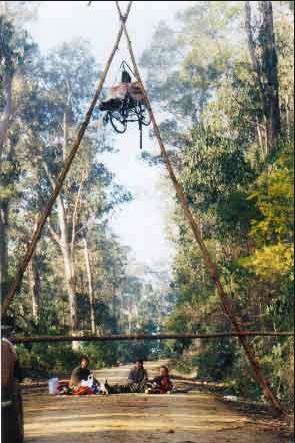 Katie Ball, Saving Goolengook Old Growth by Bipod Blockade, 22nd August 1997
Katie Ball, Saving Goolengook Old Growth by Bipod Blockade, 22nd August 1997
R.I.P – Katie Ball (1965-2004)
<<Katie was a staunch social and environmental activist who gave her all in any campaign she was involved in. Who can forget Katies wheel chair in bipod and tripod blockades?
A disability rights campaigner Kathleen (Katie) Ball died in Melbourne on June 25, 2004 from pneumonia at the age of 39. Katie was a qualified secondary teacher, a community development worker and a grassroots activist, who never shied away from taking direct action, whether it be in highlighting the social and sexual inequalities in the treatment of disabled people or protesting the logging of East Gippsland forests.
A disability rights campaigner from her late teens, Katie had Kugelberg Welander Syndrome (juvenile spinal muscular atrophy) and used an electric wheelchair for mobility.
Involved in the phone sex industry, she also taught the “politics of disablement” at the Kangan-Batman TAFE. Katie was featured in the award-winning 1994 documentary film Untold Desires and her photos have been published in Picture magazine. She was featured on the ABC Radio National program, Earshot (“In the hoist with Katie Ball”), in 2000.
Kate was a founding member of the DLF, which continues to campaign for rights for people with disabilities, and for funding to be used for services for greater access for people with disabilities. She spoke at many forums and wrote a library-based dissertation on the sociological analysis of sexuality and the disability rights movement.
In 1998 at the ska TV Activist Awards, Katie accepted the Most Daring Action award on behalf of the Disability Liberation Front for the DSF’s gate-crashing in September 1997 of the launch of the Disability Services Directory for the City of Brimbank by youth and community minister Denis Napthine.
In a very candid essay titled “Who’d Fuck an Ableist”, published in the US Disability Studies Quarterly (Fall 2002, Volume 22, No. 4). Katie explained her fascination with human sexuality and the extent of discrimination against the sexual expression of disabled people.
Katie left behind her loving partner Peter Vanderfeen and their two young children. She continues to be remembered, missed and celebrated by many people in the social change movements whom she worked with and inspired.>>
Source: Green Left Weekly, July 7, 2004.
Tags: ASH, Australian Sustainable Hardwoods, Heyfield Sawmill
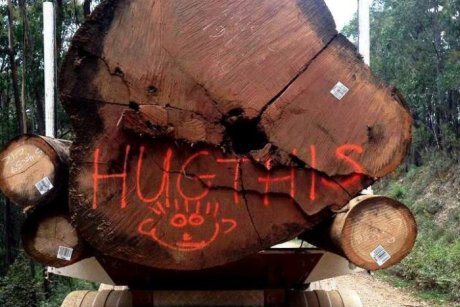

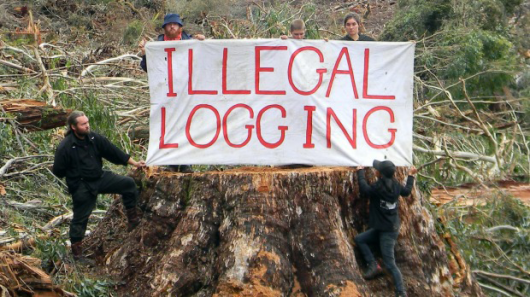
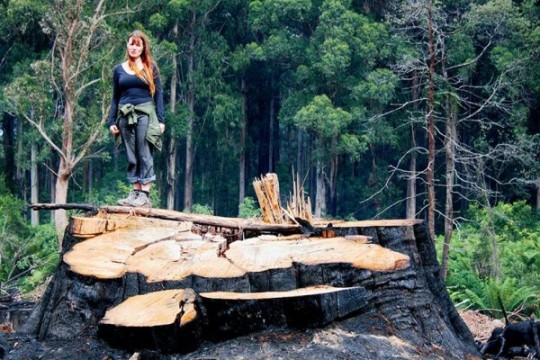
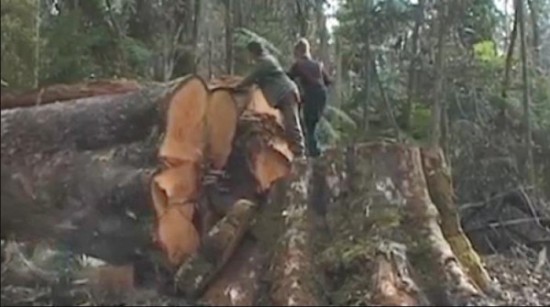
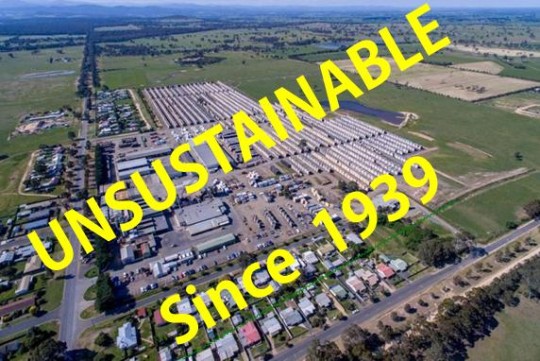






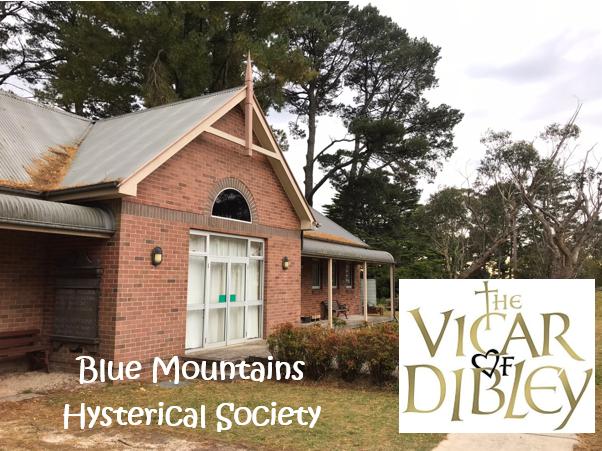

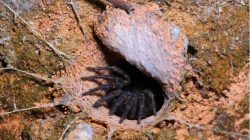

Today, 16 September 2017, The Age reported that the Victorian Government saved the Heyfield native timber mill in Gippsland from closure by committing tens of millions of dollars of public money.
But what it failed to add is that the tens of millions of dollars underrepresents the total cost to the public as the provision of logs for the mill will inevitably come at the expense of the already stressed Gippsland state forest’s biodiversity, the loss of which will adversely affect our livability, and the price of which will far exceed the dollars spend to save the mill.
I agree with this article – the Hayfield Sawmill like many others is unsustainable. Logging old growth forests especially clear falling is not only unsustainable, but clearly destructive to the biodiversity on which our very survival as a species depends therefore it is harmful to us and our future generations and in my opinion it should be recognized as very damaging and stopped. It is obvious that plantations have to be established, preferably analog plantation and they also require years to grow and in order to be sustainable have to be replaced. Logging forest would only be sustainable if the forest were given time to regenerate. It is obvious that unlike a crop on a farm trees take a long time to grow, if a 100 year old tree is cut then its replacement will take just as long to grow.
Logging in Australia is subsidized by governments and I think that it is wrong and should be stopped.
Forests are a very valuable and important asset to the country especially now when we realise that planting trees is important to combat climate warming. It absolutely does not make sense to cut already growing trees.